Florida Scallop Season: Key Dates and Essential Tips
Florida scallop season is a popular time for both residents and tourists to participate in the recreational activity of scalloping. Scalloping involves collecting bay scallops, which are valued for their tasty meat and beautiful shells, in the clear waters of the state's Gulf Coast. The season typically runs from July 1 to September 24 but may be subject to change based on the decisions of the Florida Fish and Wildlife Conservation Commission (FWC) to ensure sustainable populations and ecological balance.
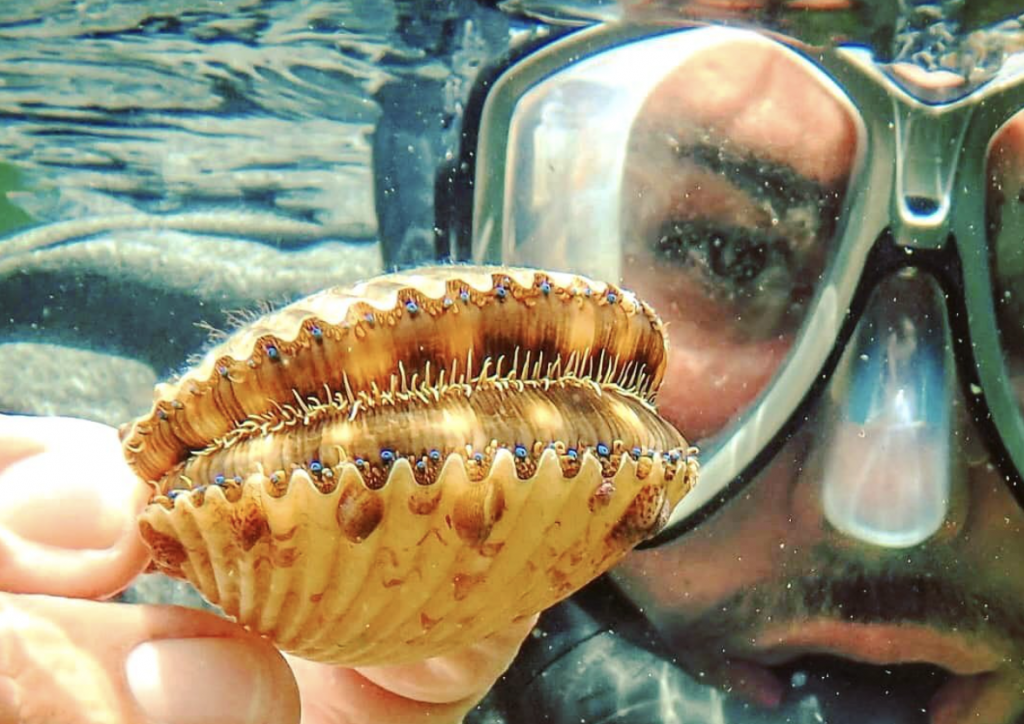
Understanding the various aspects of scallop season is essential for both first-time participants and seasoned scallop collectors. These aspects include the different scallop species found in Florida, their habitats, and the role of FWC in regulating and preserving the scallop population. Equally important is learning the rules and guidelines for collecting scallops, such as the daily bag limits, and appropriate techniques to ensure the survival of collected specimens that are later released.
Moreover, preparing and cooking scallops can be an enjoyable experience, especially when done using proper techniques that highlight the natural flavors of these marine delicacies. It is essential to be informed about frequently asked questions or addressed concerns that may arise, particularly around the rules, regulations, and recommended methods for keeping and preparing the scallops.

Key Takeaways
- Florida scallop season is a popular time for recreational scalloping, primarily for their meat and shells.
- The Florida Fish and Wildlife Conservation Commission establishes and maintains regulations to ensure sustainability and balanced ecology.
- Scallop collectors should know the rules, guidelines, and appropriate techniques for collecting, preparing, and cooking scallops.
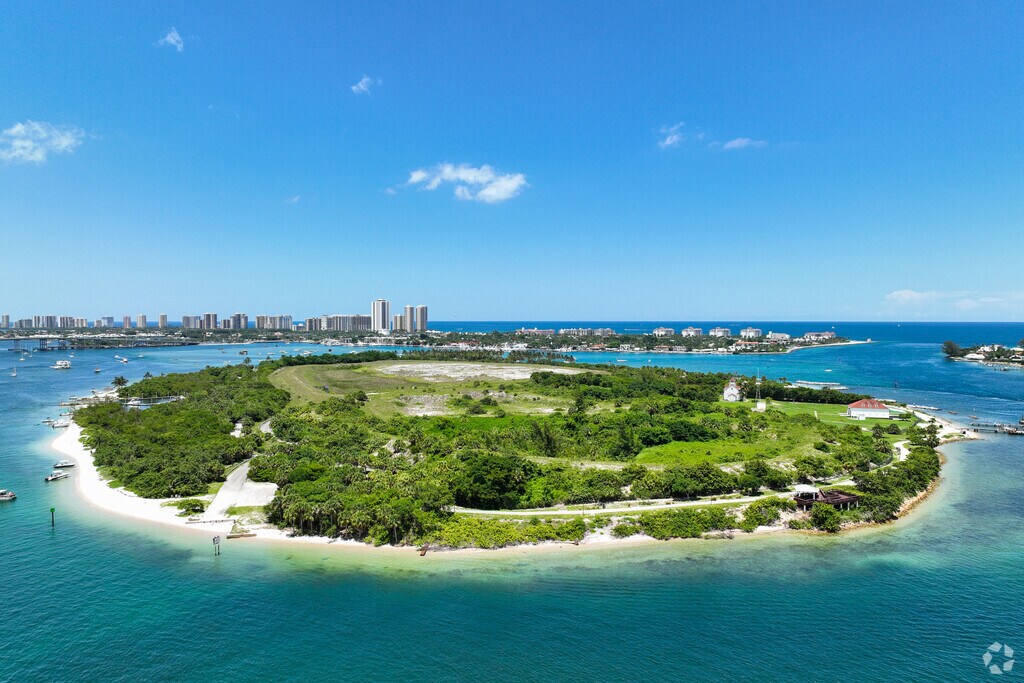
Understanding Florida Scallop Season
Scallop Season Dates
Florida scallop season occurs every summer, attracting locals and tourists for an underwater scavenger hunt. The season varies depending on the location along Florida's coastline. In 2023, Pasco County Zone scallop season will take place from July 1 to August 6. Other key dates for the 2023 Florida scalloping season include:
- Fenholloway - Suwannee: Starting June 15
- Gulf County, Franklin - NW Taylor County, Levy, Citrus, and Hernando counties: Ending September 24
- St. Joseph Bay and Gulf County: August 16 - September 24
It is essential to verify the specific dates and regulations for the area you plan to visit before heading out to scallop.
Closed Areas
Some zones are closed to scalloping, and harvesting bay scallops is allowed only in designated state waters. The Florida Fish and Wildlife Conservation Commission (FWC) performs regular surveys to monitor the scallop population and determine any necessary closures to promote a healthy ecosystem for scallops.
Abiding by the regulations is crucial for the protection and sustainability of the scallop population in Florida's Gulf Coast. For up-to-date information on closed areas and scalloping regulations, visit the Florida Fish and Wildlife Conservation Commission website.

Scalloping in Florida
Scallop Harvesting
Scallop season in Florida attracts many visitors and locals who wish to participate in this enjoyable and delicious activity. The 2023 scalloping season varies by county, with dates ranging from July 1st to September 24th, depending on the location. These UFActive shelled mollusks can be found in the shallow waters of Florida's Gulf Coast, hiding among the sea grasses. Harvesting scallops requires keen eyesight, as their blue eyes lining their shells are the only visible signs when they are buried in the grass.
When scalloping, participants typically swim or snorkel at a relaxed pace in clear, shallow water, wearing a hat and sun protection. A dive flag is required for visibility and safety purposes. Scallop hunters must also carry a landing net or dip net to place the scallops once they are caught. The Florida Fish and Wildlife Conservation Commission (FWC) regulate bag limits, with a maximum daily limit of two gallons of whole scallops (in the shell) or one pint of scallop meat per person, not to exceed 10 gallons (whole) or 5 pints (meat) per vessel.
Scalloping Gear and Requirements
To ensure a successful scalloping experience, it's essential to be equipped with the necessary gear and adhere to the regulations. The required equipment for scalloping includes:
- Swim gear (swimsuit, rash guard, and sunscreen)
- Snorkel, mask, and fins
- Mesh collecting bag
- Dive flag
- Landing or dip net
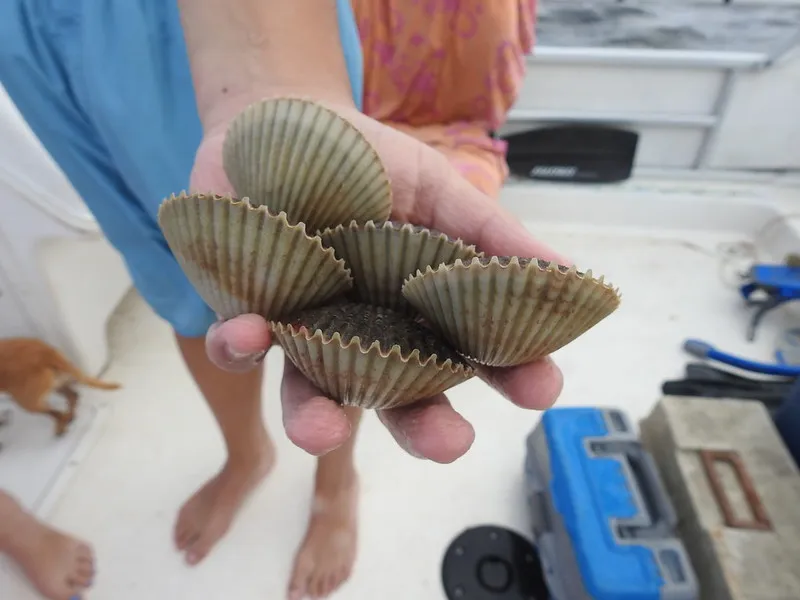
Before entering the water, always make sure you're wearing the appropriate gear for your safety and comfort. Additionally, it is crucial to be knowledgeable about the scalloping regulations in the area you'll be visiting, as well as the licensing requirements.
Scalloping Locations
Florida offers several prime locations for scalloping. Some of the most popular spots include:
- St. Joseph Bay & Gulf County (Season: August 16 - September 24, 2023)
- Franklin County through northwestern Taylor County, including Carrabelle, Lanark, and St. Marks (Season: July 1 - September 24, 2023)
- Pasco County Zone (Season: July 1 - August 6, 2023)
These areas boast an abundance of scallops that are accessible in shallow water, making for an enjoyable and productive scalloping experience.
Keep in mind that if you're not an experienced scalloper, it might be beneficial to book a charter with a knowledgeable guide to ensure a successful and enjoyable day on the water. Following the guidelines, using the proper gear, and diving into the best locations will ensure a memorable and bountiful scalloping adventure in Florida.

Scallop Species and Characteristics
Scallops are a popular species of marine bivalve mollusks that are found in various parts of the world. They belong to the family Pectinidae and are characterized by their distinct and attractive fan-shaped shells. In Florida, the most common type of scallop that thrives in the coastal waters is the bay scallop.
Bay scallops, scientifically known as Argopecten irradians, are relatively small in size, typically ranging between 1-4 inches in width. Their shells exhibit a unique pattern with radiating ribs and can sport a variety of colors, from shades of gray or brown to bright blue and red. These colorful shells have earned bay scallops the title of "gems of the ocean."
One fascinating feature of scallops is their ability to swim by quickly opening and closing their shells. They achieve this through the contraction of their powerful adductor muscle. This not only helps them evade predators but also allows them to relocate in search of better feeding grounds.
Speaking of feeding, scallops are filter feeders and primarily consume plankton. They have a specialized feeding structure named the gill or ctenidium, which acts as a filter to trap food particles while expelling excess water. Scallops are also known for their ability to accumulate toxins from harmful algae blooms, which is why monitoring is crucial during the scallop season to ensure safe consumption.
A distinctive attribute of scallops is their array of blue eyes along the edges of their shells. These blue eyes are actually light-sensitive organs that help scallops detect changes in their surroundings. Each eye contains a retina, lens, and cornea, which work together to capture light and provide vital information about the environment. This sensory system allows scallops to respond to nearby movements and potential threats effectively.
Bay scallops play a crucial role in Florida's coastal ecosystem by supporting sport fishing and recreational activities, such as scalloping. Therefore, it is essential to protect and conserve these delicate creatures through responsible harvesting practices and adherence to regulations during the scallop season.
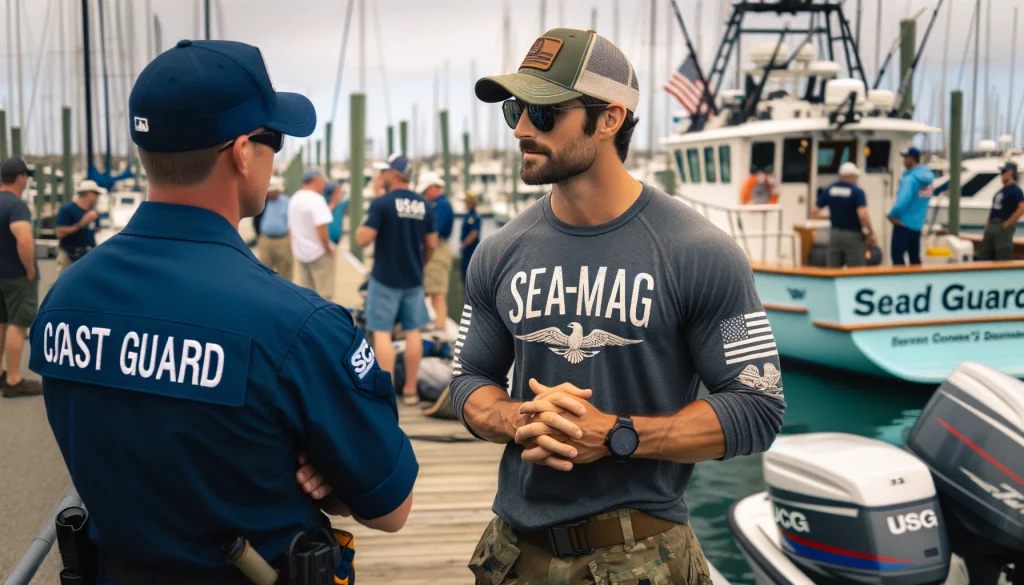
Florida Wildlife Commission (FWC) Regulations
Scallop Harvesting Regulations
The Florida Wildlife Commission (FWC) sets specific regulations regarding the harvesting of bay scallops in Florida state waters. In 2023, the Pasco County Zone bay scallop season is from July 1 to August 6. Harvesting of bay scallops is only allowed in designated areas and in accordance with FWC rules.
Some key regulations include:
- Daily Bag Limit: There is a daily limit for bay scallop harvesting to ensure the sustainable management of the species.
- Harvest Zones: Bay scallops can only be harvested in specific zones and areas designated by the FWC.
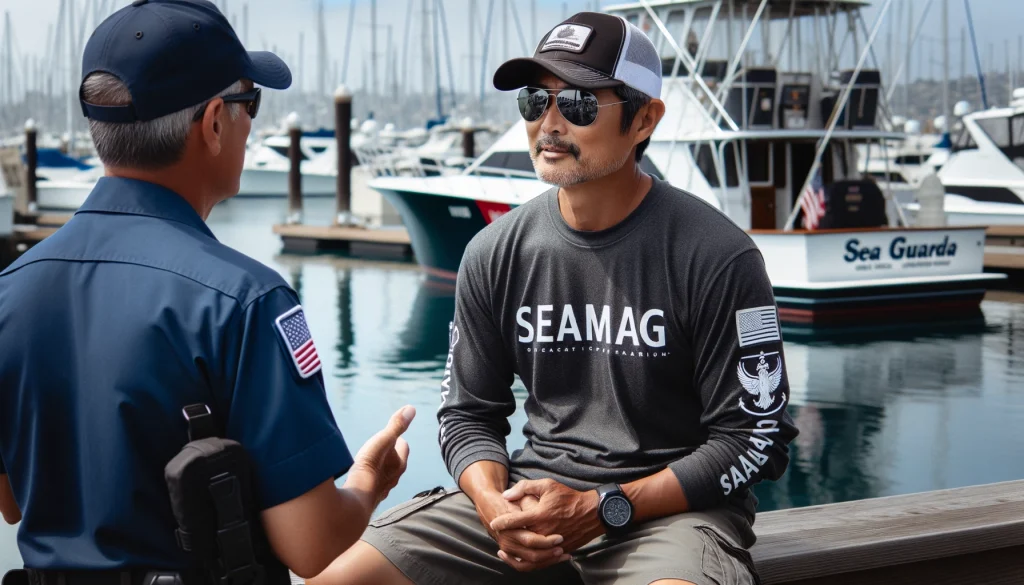
Fishing License Requirements
In order to harvest bay scallops in Florida, recreational fishers must possess a valid fishing license. The type of license required depends on factors such as residency and method of transportation. Some of the common fishing license options include:
- Annual Resident License: This is available for Florida residents who plan to fish throughout the state's waters for an entire year.
- Annual Non-Resident License: Non-residents can purchase this license if they plan to fish in Florida state waters for an entire year.
- Short-term Non-Resident License: Visitors to Florida can opt for a short-term fishing license, which can range from a few days to a few weeks, depending on their needs.
It is important for recreational fishers to familiarize themselves with the FWC's saltwater recreational fishing regulations to ensure they are in compliance with all rules and limits while harvesting bay scallops in Florida.
Keep in mind that commercial harvest of bay scallops is not allowed, and recreational fishers must only harvest for personal consumption. Following FWC regulations is crucial for maintaining a healthy ecosystem and ensuring the continued availability of bay scallops for future generations to enjoy.
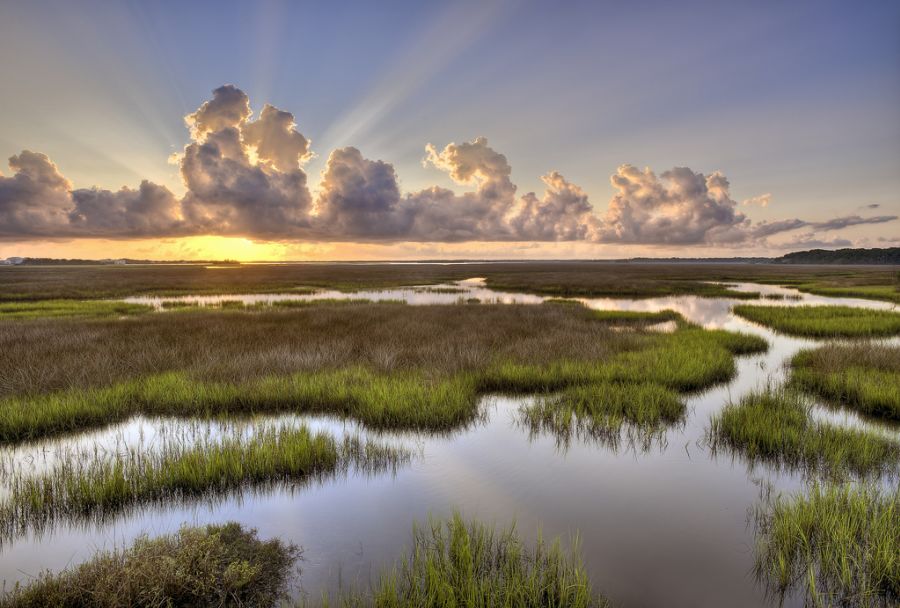
Preservation and Conservation Measures
Florida's bay scallop population is a valuable resource, and preserving this species is crucial for maintaining a healthy ecosystem. The Florida Fish and Wildlife Conservation Commission (FWC) has implemented various measures and regulations to ensure the sustainable harvest of scallops and protect their natural habitats, such as seagrass beds and the bay scallop restoration area.
One of the primary reasons behind the decline in Florida's scallop populations is habitat degradation. Seagrass beds are vital for scallops as they provide shelter, support growth, and facilitate reproduction. Since scallops rely on pristine water quality and well-oxygenated environments, efforts have been made to maintain water quality and prevent pollution. Some of the main threats to seagrass beds include poor water quality, coastal development, and human activity.
To address these concerns, the FWC has implemented buoys in certain locations to mark the scallop restoration areas. These areas are designated as no-entry zones, and recreational harvest is strictly prohibited. The buoys inform boaters and help establish boundaries where scallops can safely repopulate without human interference.
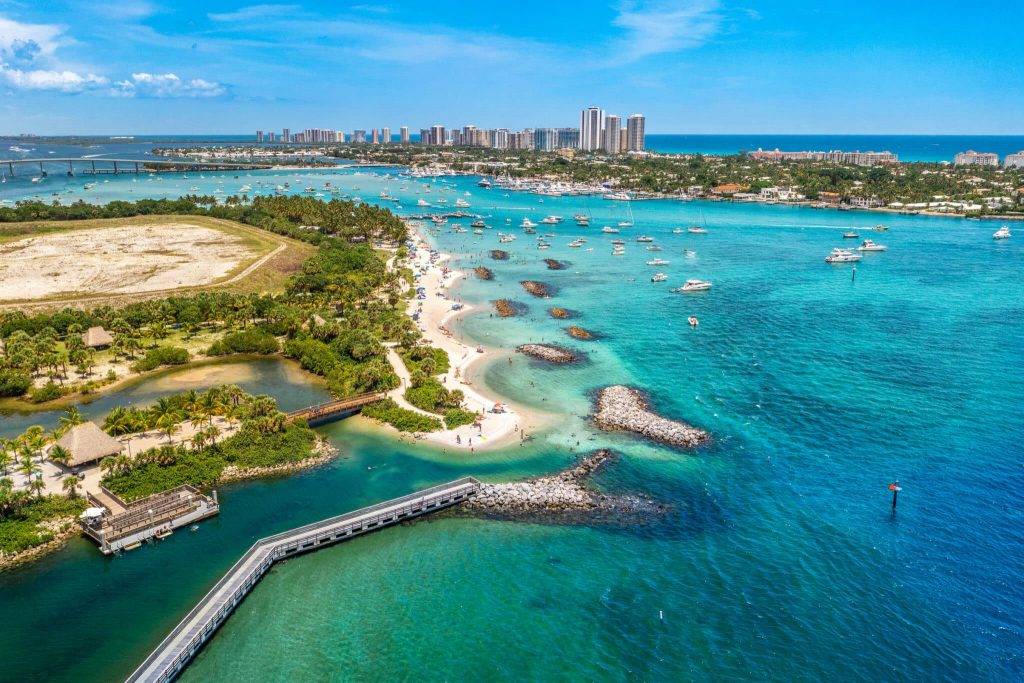
In addition to geographical restrictions, the FWC has set specific scallop season dates and bag limits to ensure the sustainable harvest of scallops. These regulations apply to different zones throughout Florida and are subject to change based on the health of the scallop population. The information about scallop season and regulations can be found on the FWC website.
Lastly, FWC raises awareness and educates anglers on the importance of marine life preservation. It is essential for individuals engaging in scallop harvesting to respect the guidelines set by the FWC and follow best practices for scalloping. Responsible harvesting, combined with the various conservation measures implemented by the FWC, will contribute to the continued health and sustainability of Florida's bay scallop population.
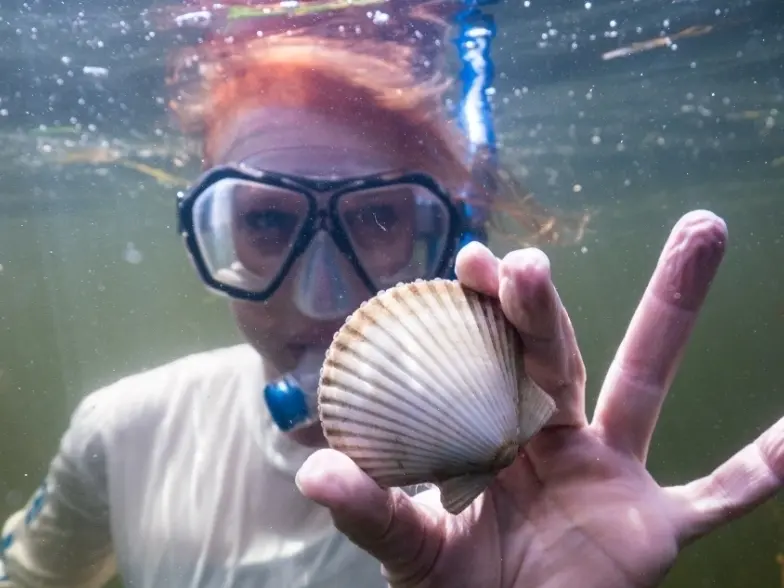
Florida Scallop Habitats
Florida's scallop season attracts many visitors and locals each year, offering the unique experience of hunting for these delicious mollusks in various habitats throughout the state. In this section, we will focus on the key habitats where scallops can be found: Northwestern Taylor County and Gulf County, the Suwannee River Zone, and Homosassa, Levy, and Citrus Counties.
Northwestern Taylor County and Gulf County
This area encompasses the pristine waters of St. Joseph Bay, which is located between Mexico Beach Canal and St. Vincent Island. Known for its crystal clear saltwater and abundant marine life, St. Joseph Bay is a prime location for scalloping. The region also covers the coastlines of Gulf County and Franklin County, stretching from Rock Island near the mouth of the Fenholloway River in Taylor County to the west.
In Northwestern Taylor County, scallops can be found in the Fenholloway through Suwanee rivers, specifically around Keaton Beach and Steinhatchee. These rivers provide a mixture of saltwater and freshwater habitats, which creates an ideal environment for scallops to thrive.
Suwannee River Zone
The Suwannee River Zone encompasses waters between the mouth of the Suwannee River in Levy County and the Hernando-Pasco County line. This inshore habitat includes various estuaries and tributaries, where the river meets the Gulf of Mexico. Scallops can often be found in underwater grass beds within these estuarine systems.
Cedar Key and St. Marks are two popular towns located in this zone, known for offering quality scalloping opportunities. The grass flats of the Suwannee River area provide excellent habitats for scallops, which prefer clean and healthy seagrass environments.
Homosassa, Levy, and Citrus Counties
This region includes the coastal areas of Homosassa, Levy, and Citrus Counties, where scallops can be found in popular spots like the Homosassa River, Anclote River, and around the Anclote Key Lighthouse. The region spans from Pinellas County in the south to Levy County in the north, with Citrus and Hernando Counties in between.
The scallop habitats within this region are primarily influenced by the Gulf of Mexico's saltwater and inshore freshwater systems. The Homosassa River, for example, is an important estuary in Citrus County that provides an optimal environment for scallop growth and reproduction.
In conclusion, Florida's scallop season offers a range of diverse habitats for both locals and visitors to explore. Whether it's diving for scallops in the crystal-clear waters of St. Joseph Bay or combing the grass flats of the Suwannee River, Florida provides ample opportunities for a memorable scalloping adventure.
Scallop Collecting Rules
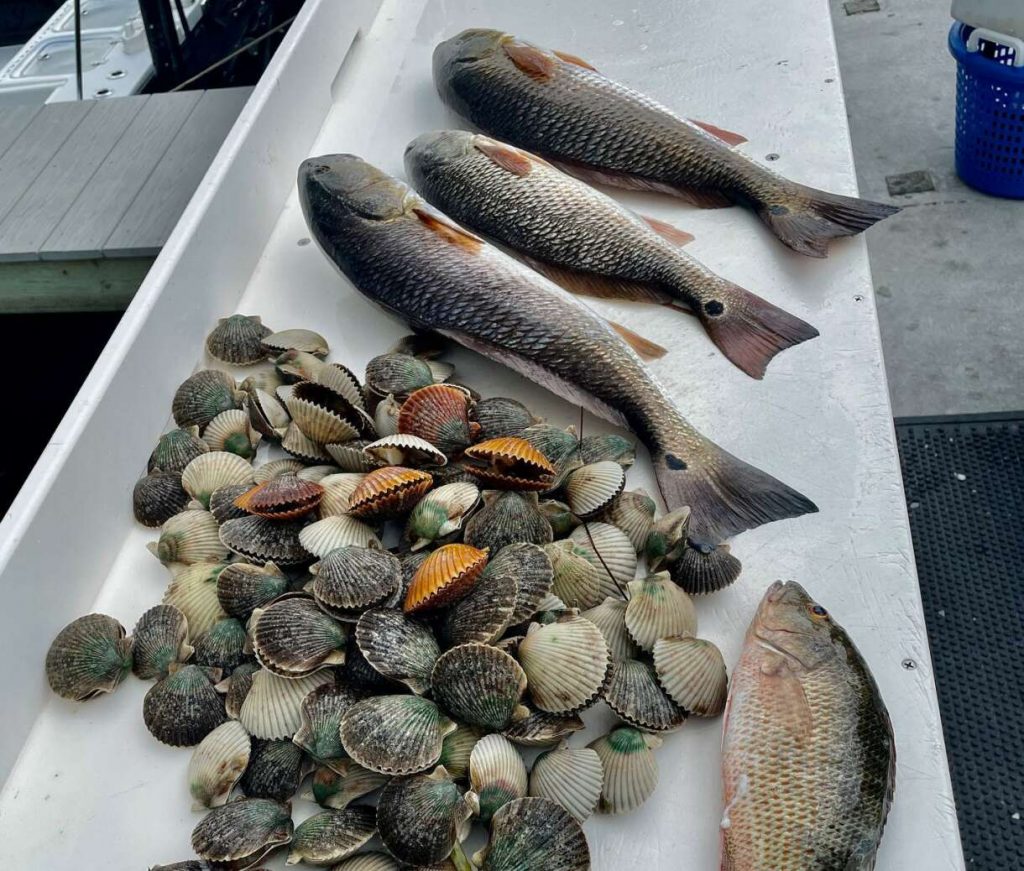
Scallop season in Florida offers a fun and exciting outdoor activity for residents and visitors alike. To ensure sustainability and protect the bay scallop population, certain rules and regulations must be followed. This section will discuss individual and vessel limits.
Individual Limits
When collecting scallops, it is essential to adhere to the established per person limits. These restrictions help maintain a healthy scallop population and promote responsible recreational harvesting. For each individual participating, the maximum allowed is 2 gallons of whole bay scallops in shell or 1 pint of bay scallop meat per day source. Note that these limits apply to both Florida residents and non-residents.
Vessel Limits
In addition to individual limits, there are also regulations in place for the number of scallops that can be taken per vessel. Each vessel's limit is a maximum of 10 gallons of whole bay scallops in shell or 1/2 gallon (4 pints) of bay scallop meat per day source. Importantly, the vessel limits do not allow an individual to exceed their personal bag limit. This means that even if a vessel contains several individuals partaking in scalloping, each person is still responsible for adhering to their personal limits.
Following these rules and regulations contributes to the sustainability of the bay scallop population, ensuring that future generations can continue to enjoy this popular summertime activity.
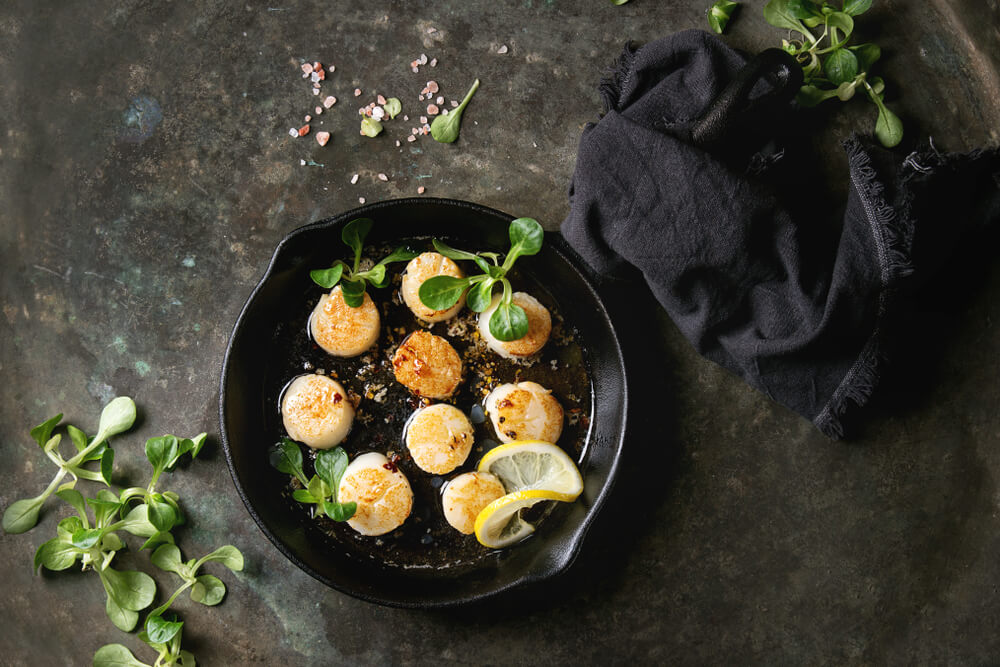
Scallop Preparation and Cooking
After a successful day of scalloping, it's time to prepare and cook your delicious harvest. Proper preparation is important to maintain the delicate taste and texture of scallops. Before you begin, make sure you have a clean area to work with, a mesh bag to hold your catch, and plenty of ice to keep them cold.
To clean the scallops, first, shuck them by opening the shell and carefully removing the meat. You'll find that a full day of scalloping can yield gallons of whole bay scallops, but once shucked, the yield will be much less – approximately a pint of bay scallop meat can be derived from every cup of shucked scallops.
When preparing your scallops, be sure to remove the dark-colored gall, which can have an unpleasant taste. The minimum size limit for harvesting scallops should be observed while shucking. Smaller scallops may not have fully developed meats and may also be prohibited by local regulations.
Now it's time to cook your scallops. The key to cooking bay scallops is to keep it simple, allowing their natural flavors to shine. Scallops can be cooked in a variety of ways, including:
- Pan-searing: Heat a non-stick skillet with a small amount of oil on medium-high heat. Place the scallops in the pan, making sure not to overcrowd them. Cook for 1-2 minutes on each side until they have a golden crust and are just cooked through. Season with salt and pepper and serve immediately.
- Grilling: Thread the scallops onto skewers and grill them over medium heat. Turn them occasionally, brushing with melted butter and seasoning with salt and pepper. Cook for approximately 4-6 minutes, until they are opaque and have grill marks.
- Baking: Preheat your oven to 375°F. Arrange the scallops on a baking sheet, drizzle with olive oil, and season with salt and pepper. Bake for 10-12 minutes, until they are firm to the touch and slightly opaque.
Whichever method you choose, remember to cook bay scallops quickly to avoid overcooking them, as they can turn rubbery when overdone. Bay scallops are a delicious and versatile seafood delicacy, so get creative and enjoy your well-earned catch!

Frequently Asked Questions
What are the dates for scallop season in Homosassa 2023?
Scallop season in Homosassa typically falls within the summer months. For 2023, the exact dates for scallop season in this area may align with the nearby Fenholloway through Suwannee Rivers Zone, which runs from June 15 through Labor Day 2023.
Where is the best place to scallop in Florida?
Florida offers numerous locations for scalloping along the Gulf Coast. Some popular spots include Crystal River, Homosassa, Steinhatchee, and St. Joseph Bay. Each destination provides unique experiences and abundant scallop populations.
What is the bag limit for scallops in Florida?
The bag limit for scallops in Florida varies depending on the specific harvest zones and regulations. Generally, the daily bag limit per person is 2 gallons of whole bay scallops or 1 pint of bay scallop meat. For a boat, the daily maximum limit is 10 gallons of whole bay scallops or 1/2 gallon of scallop meat.
Do you need a license to scallop in Florida?
Yes, you need a Florida saltwater fishing license to harvest scallops in the state, whether you are a resident or a non-resident.
When is scallop season in Crystal River?
Scallop season in Crystal River for 2023 is expected to follow the nearby Fenholloway through Suwannee Rivers Zone schedule. This area's season runs from June 15 through Labor Day 2023.
How does FWC regulate scallop season?
The Florida Fish and Wildlife Conservation Commission (FWC) regulates scallop season by setting specific harvest seasons, imposing bag limits, and bolstering conservation efforts. FWC continuously monitors scallop populations and uses scientific data to make informed decisions regarding the regulations for scallop seasons and harvest zones.
Charlie is Editor-in-Chief of Sea Magazine